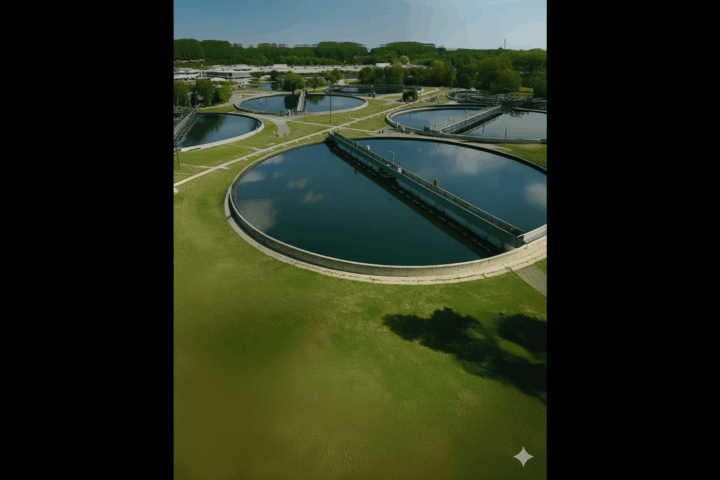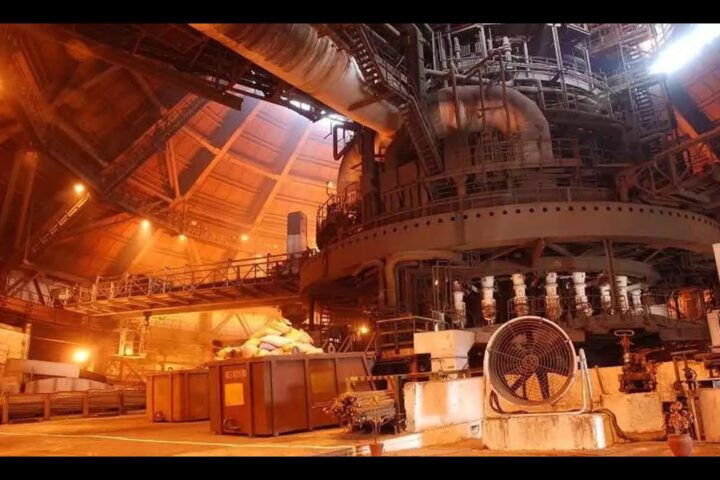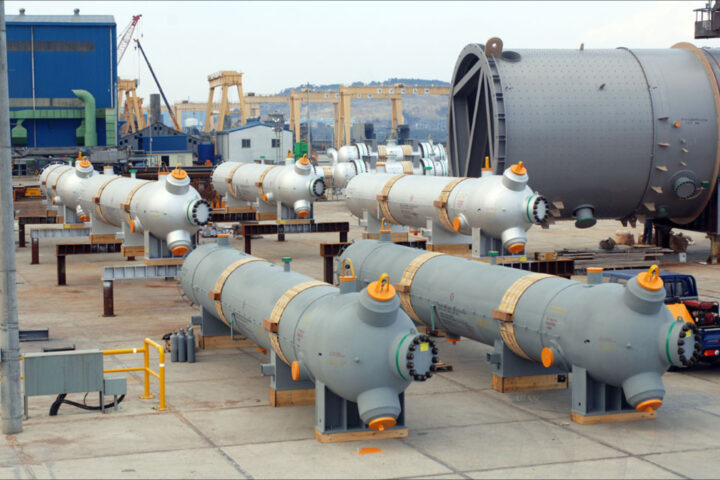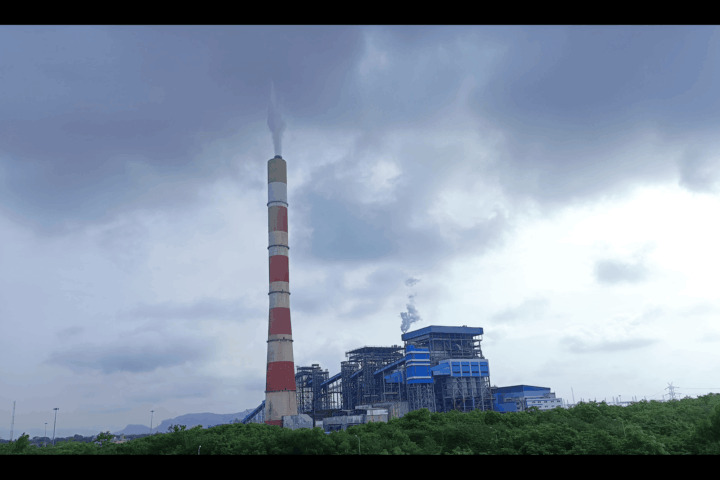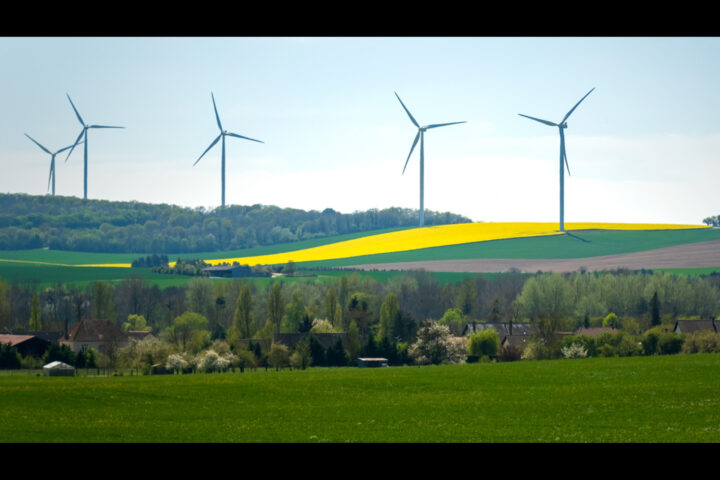Proper insulation is one of the most effective ways to tackle heat-related issues in buildings
With global temperatures on the rise, effective indoor heat management has become increasingly critical. Why is addressing heat gain in buildings so important – not just for occupant comfort, but also in terms of energy efficiency and long-term structural durability?
Absolutely. Uncontrolled heat gain in buildings not only compromises occupant comfort but also results in significantly higher energy consumption for cooling. Repeated exposure of the building envelope to extreme temperature fluctuations can degrade materials over time, ultimately affecting the structure’s durability. Tackling this challenge requires a comprehensive, multi-layered approach—one that hinges on the three Ps: Policies, Performance, and Persistence.
Let's start with policies. What role do government policy interventions play in managing indoor heat?
Government policies are pivotal in this endeavour. For instance, the Energy Conservation Building Code (ECBC), developed by the Bureau of Energy Efficiency (BEE) under the Ministry of Power, Government of India, sets minimum energy efficiency standards for new commercial buildings. Introduced in 2007 and updated periodically, the code aims to reduce energy consumption by promoting efficient design, materials, and technologies.
Could you elaborate on the key highlights of the latest 2024 guidelines under the Energy Conservation & Sustainable Building Code (ECSBC) for commercial and office buildings?
Certainly. The latest Energy Conservation & Sustainable Building Code (ECSBC) for commercial and office buildings introduces a comprehensive and mandatory framework for developers. It applies to buildings or complexes with a connected load of 100 kW or more, or a contract demand of 120 kVA or higher. The ECSBC sets out three levels of energy performance standards: ECSBC Compliant Building, ECSBC+ Compliant Building, and Super ECSBC Compliant Building. While compliance with the basic ECSBC level is mandatory, the other two levels are voluntary—but strongly encouraged to promote higher energy efficiency. Notably, the ECSBC mandates minimum U-factor (thermal transmittance) compliance for building envelopes and roof assemblies, including overdeck roof insulation, to enhance thermal performance. Additionally, open roof areas must now be treated with either vegetated (green roofs) or cool roof solutions, further contributing to energy-efficient built environments.
What are some of the standout features of high-performance buildings guided by ECSBC standards?
Lets first understand what are High Performance Buildings in the current context. These are buildings that deliver higher levels of energy efficiency performance or greenhouse gas reduction than what is required by building codes and regulations, hence incorporate advanced strategies to reduce energy use and improve thermal comfort.
High-performance buildings incorporate several standout features, including:
- Thermal Performance Standards: Guidelines for walls, roofs, and fenestration to reduce heat ingress.
- Efficient HVAC Systems: Promotion of energy-efficient cooling and ventilation mechanisms.
- Daylighting and Shading Strategies: Recommendations for optimizing natural light while minimizing heat gain.
- Building Envelope Optimization: Focus on insulation, glazing, and shading to improve overall efficiency.
How does proper insulation contribute to managing indoor heat?
In India’s climate, roofs and exterior walls are one of the most exposed parts of a building, absorbing intense solar heat throughout the year and contributing to nearly 70% of total energy losses in the building. Proper insulation is one of the most effective ways to tackle heat-related issues in buildings. Insulation materials act as thermal barriers, preventing unwanted heat transfer and maintaining optimal indoor temperatures. This not only enhances comfort but also contributes to substantial energy savings. An insulated roof also protects the underlying crucial waterproofing layers and the roof slab from thermal shocks, thereby enhancing the waterproofing durability and reducing maintenance costs.
Pidilite’s Dr. Fixit LEC system combines waterproofing and thermal insulation for roofs using spray applied mechanised application and has already provided an effective solution across hundreds of projects in India with over 10 years’ track record. Pidilite’s Walace EIFS system combines thermal insulation, weather protection and finishes for external facades.
Persistence and commitment are clearly key to driving widespread adoption of these standards. What are the key hurdles in making these standards more widely adopted?
While compliance is gradually gaining momentum, challenges remain due to lack of awareness and reluctance to accept the marginal higher initial costs. However, with the increasing demand from consumers for sustainable, resilient, and comfortable living spaces, investing in insulation and energy-efficient solutions is no longer optional but necessary.
Can you give an example of industry collaboration in this field?
Certainly. Pidilite, through its Dr. Fixit brand, has partnered with several projects across India in commercial, office, industrial, and residential spaces by offering cutting-edge combined insulation and waterproofing solutions for roofs and facades. Our approach towards offering “Solutions” and not just products is well respected across the industry. Industry leaders are moving beyond products to integrated solutions.
Pidilite, through its Dr. Fixit brand and in-house execution arm Nina Percept for large projects and a network of skilled specialized applicators across India catering small to large projects offers:
- Combined insulation + waterproofing systems
- Project-specific technical consultation to support Designers and Project Owners through Pidilite Professional Solutions (PPS) team,
- End-to-end application through a network of skilled applicators
What role do government incentives and consumer education play in this context?
Government incentives, industry collaborations, and consumer education can accelerate the adoption of policies like ECSBC and advanced insulation solutions. By integrating these strategies, India can build resilient infrastructure capable of combating extreme heat, reducing energy consumption, and enhancing occupants’ well-being.
In conclusion, what is the key takeaway for tackling heat woes in buildings?
Tackling heat woes requires a holistic approach involving policy implementation, innovative technologies, and sustainable high-performance building practices. By embracing the three Ps – Policies, Performance, and Persistence – we can create energy-efficient, cooler, and more comfortable spaces for the future. This powerful combination will not only mitigate the impacts of rising temperatures but also pave the way for a sustainable and resilient built environment.










